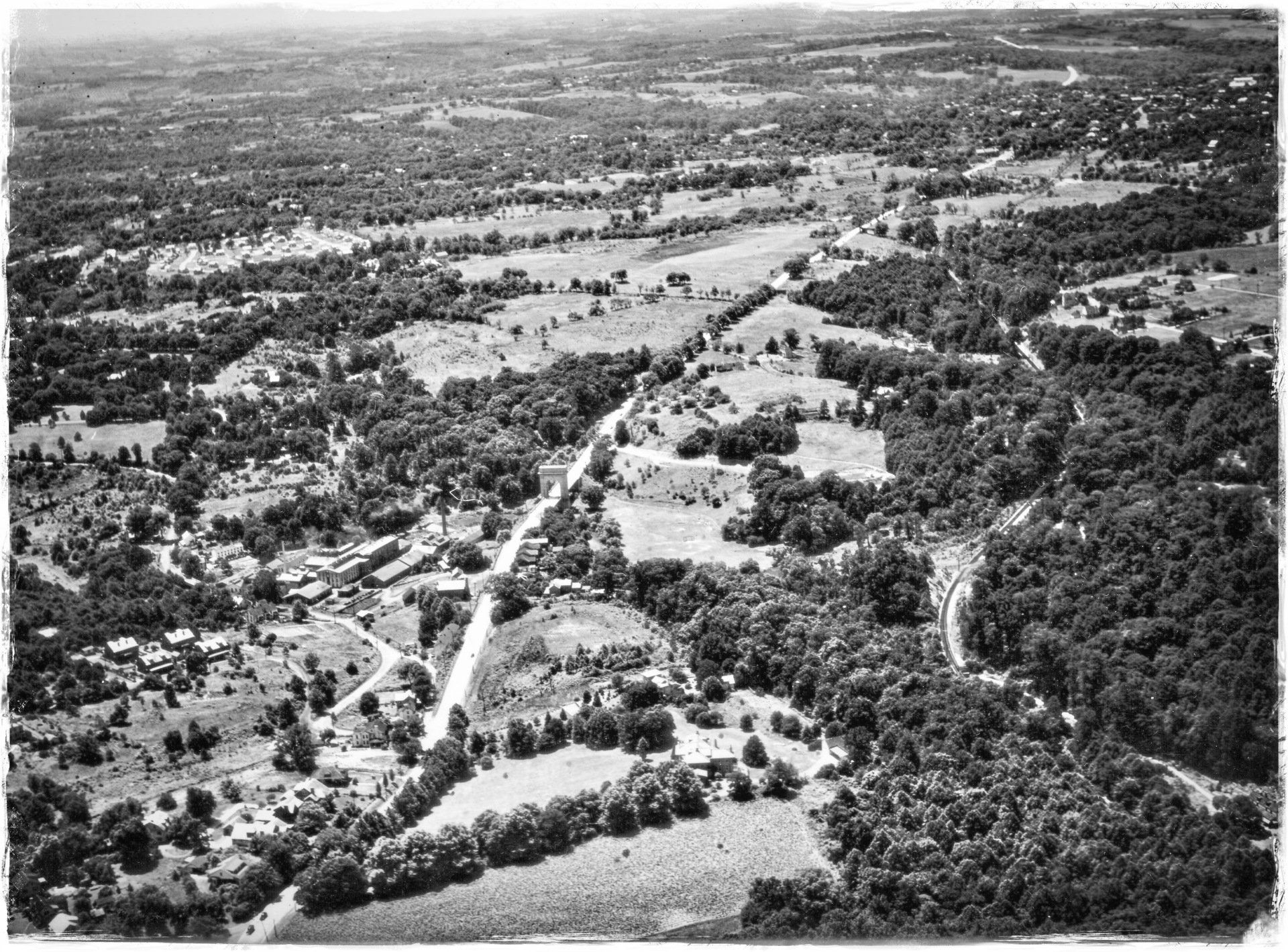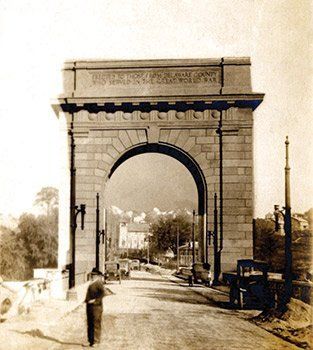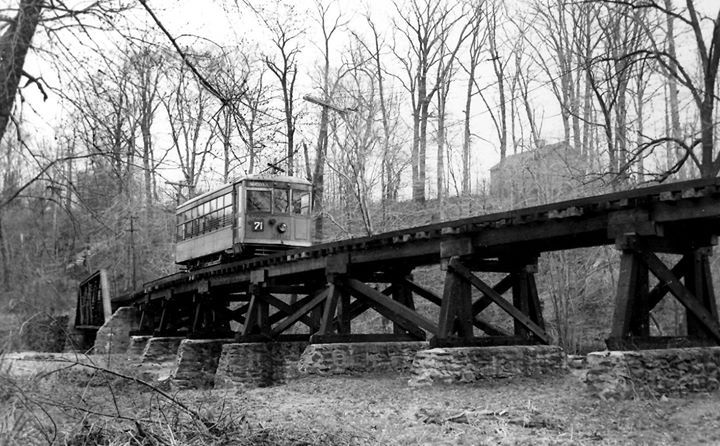History
Smedley Park was formed in 1937 and named for the first chairman of the Delaware County Park Board, Samuel L. Smedley. He had founded the Park Board just five years earlier in 1932. The park was at first called the Hemlocks and consisted of just 10.5 acres. It was expanded over the years and now comprises 141 acres.
The park property on the west side of Crum Creek was originally part of 380 acres granted to Thomas Minshall by William Penn in 1681. Smedley Park was formed from properties once belonging to two unrelated families who both had the surname Lewis.
Mordecai Lewis and sons operated the Wallingford Mills, south of Baltimore Pike, which was later called Victoria Plush Mills. Their tract was called the Woodside Farm. Their house is now the Penn State Extension office within the park.
The northern portion of what became Smedley Park was known as Pine Ridge. J. Howard Lewis owned this property. He was one of the organizers of the Rose Tree Hunt Club in 1859 and became its first president. Somewhere in or near the park grounds was the grave of his favorite hunting dog, Slasher, who died in 1865.
J. Howard Lewis bought the Franklin Paper Mill in 1868. At its peak, it manufactured about 20 tons of paper each week as its five engines cranked away. J.Howard Lewis lived in a mansion on top of the steep ravine above Crum Creek and overlooking the paper mill. His estate was known as Castle Dangerous.
The paper mill burned down twice, in 1882 and then again in 1883. Each time J. Howard Lewis rebuilt the mill, but the second time he built it of stone. The paper mill still stood in the park until the Blue Route was finished in 1991, and then it was demolished. The Franklin Paper Mill was originally owned and operated by John Pancoast from 1826 to 1833. The mills operated until 1960 but weren’t demolished until after the contractors for the Blue Route were finished using them for storage. The site of the mill has been converted to baseball fields on the Nether Providence side of Smedley Park.
The Blue Route completion in 1991 split the park in half. In the mid-1990s, right-of-way funds were used to refurbish the park, including a restoration of the Lewis House for offices, and the building of an environmental center of redwood construction. Crum Creek passes under the trolley tracks of SEPTA’s 101 line as it flows through the park. This trolley travels between Media and 69th Street Station in Upper Darby.
Thanks to Mr. Cressler for granting permission to share!
The full version of his work can be downloaded at https://works.bepress.com/walter_cressler/3/
(Under a Creative Commons License)
(Source: The Flow of History along Crum Creek - The Flow of History in the Chester, Ridley, and Crum Watersheds (2017) Mr. Walter Cressler, West Chester University of Pennsylvania)New Paragraph



